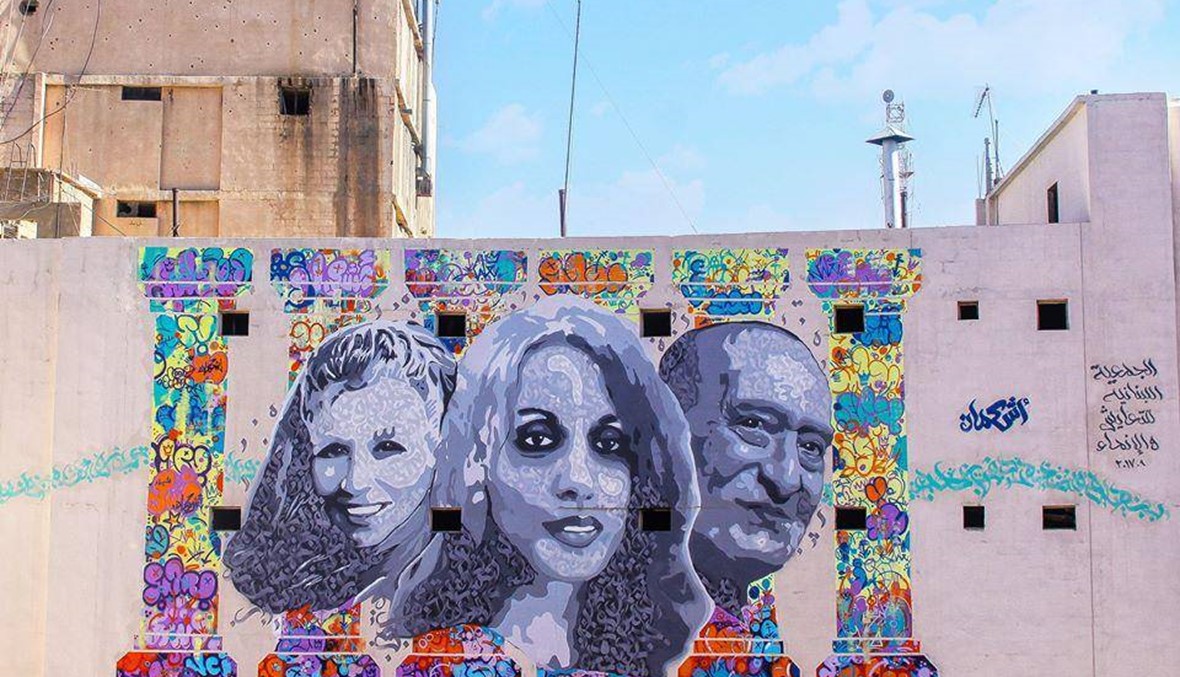
BEIRUT: In early inception, decades ago, street art was largely perceived as “vandalism.” However, Lebanese street art has remarkably improved over the last decade, in terms of social influence and acceptance.
Street art was introduced in Lebanon as a form of propaganda during the Civil War, when it was usual for local militias to tag their names on the walls as their own brand of graffiti. “Tagging,” is the most basic form of graffiti, where writers signs their name or logo to mark their territory. Thus, the public spaces were filled with graffiti related to war and politics, which is negatively referred to as “vandalism.”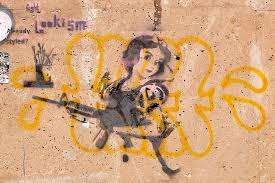 Nowadays, the country is filled with street art spread everywhere, ranging from political and social scribbles depicting the historical background of the country to large and complex artistic murals.
Nowadays, the country is filled with street art spread everywhere, ranging from political and social scribbles depicting the historical background of the country to large and complex artistic murals.
There's also advertising-graffiti for big brands and events largely found on the streets, and a premium example is the famous Alamaza building.
There's graffiti brand advertising particularly in trendy neighborhoods, which is a common way for Lebanese street artists to support themselves and fund their personal projects.
A significant number of talented local and foreign street artists have emerged over the last decade in the Lebanese street art scene, putting together different types of graffiti such as caustic stencils, western style graffiti, Arabic graffiti and Calligraffiti.
Communities in Lebanon are developing into colorful neighborhoods reflective of their culture and history.
Over the past years, Lebanese street art has tackled social, psychological and political concerns. It has also affected social perspectives by instilling hope and creating awareness of a problem or proposing a solution. Besides, the transformation of street art by millennials in Lebanon, as well as all over the Middle East, has influenced revolutions and created change.
In a recent study exploring young Lebanese artists’ murals and the messages they convey, it was found that some of the Lebanese artists’ murals broadcast a narrative of reconciliation with the country’s collective past, marked by a painful civil war. 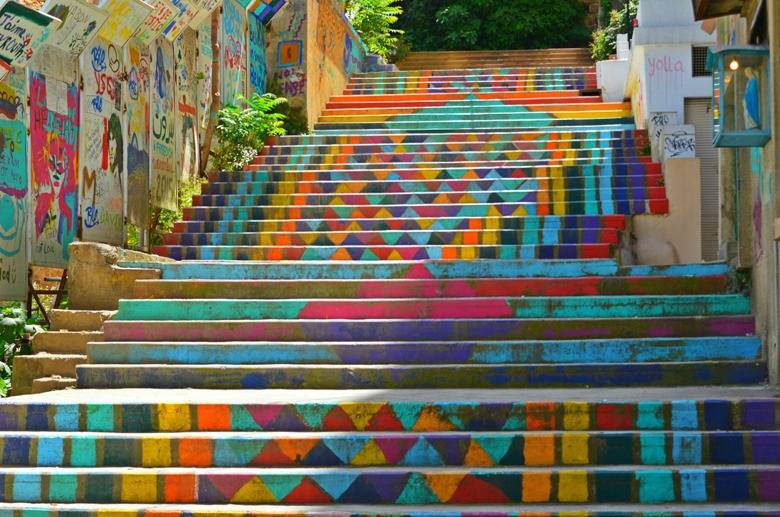 Thus, Lebanese artists address the country’s turmoil by using popular cultural figures, Arab images, personal reflections, poems, and imagination. Street art became a form of activism communicating reconciliation and peace among socially divided communities. Consequently, the public has started to find solace in the street art of young artists.
Thus, Lebanese artists address the country’s turmoil by using popular cultural figures, Arab images, personal reflections, poems, and imagination. Street art became a form of activism communicating reconciliation and peace among socially divided communities. Consequently, the public has started to find solace in the street art of young artists.
Different initiatives to support the Lebanese street art scene have taken place over the last few years, such as the “Ouzville” project, which cost around $10.000 and brought together 25 Local and foreign Graffiti artists to paint the walls of the poor Ouzaidistrict. Sponsored by a past resident, the project revitalized the neighborhood and positively influenced the social atmosphere.
“Dihzahyners,” an artists’ collective founded in 2012, is another noteworthy initiative supporting the Lebanese street art scene. The group of artists aims at making Lebanon more colorful and bright, with their series of projects like the famous “paint up” stair, located in Mar Mkhayel district. The painted stair gained large interest from journalists worldwide and was selected in a 2015 article for Vogue magazine as one of nine amazing staircases from around the world.
However, in the past years, some Lebanese street art that dealt with politics, sex or religion has been censored, in addition to some artists who were arrested as their graffiti was considered offensive to either political, sexual or religious sensibilities.
Technically, street artists need permission before executing large murals, similar to most countries in the world. But the above groups believe that street art shouldn’t be provocative to the government, political parties or religious figures. A revered performing artist can cut through all differences.
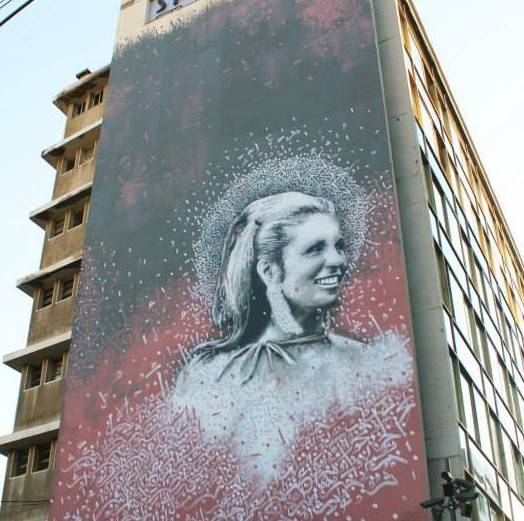
With its history, variety, and various aesthetics and messages, Lebanese street art has become a cultural phenomenon, grabbing the attention of sociologists and journalists around the world.
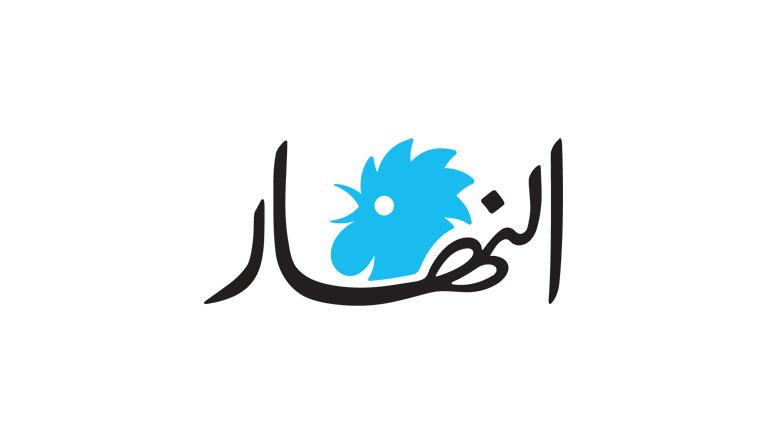




 Messenger
Messenger
 Whatsapp
Whatsapp
 Threads
Threads
 Email
Email
 Print
Print
 X
X
 Facebook
Facebook

